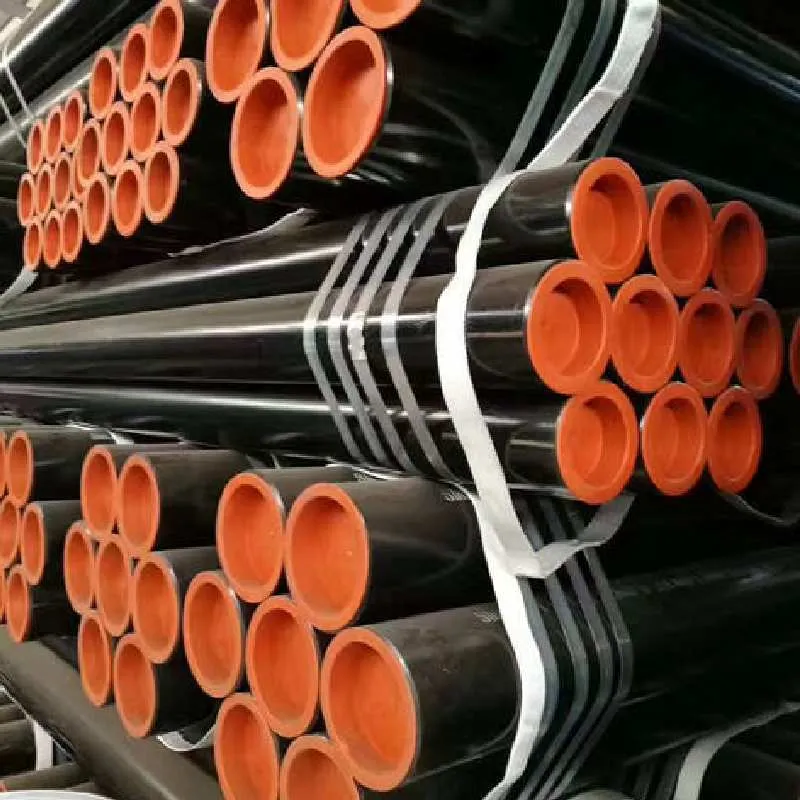-
Cangzhou Yulong Steel Co., Ltd.
-
Phone:
+86 13303177267 -
Email:
admin@ylsteelfittings.com
- English
- Arabic
- Italian
- Spanish
- Portuguese
- German
- kazakh
- Persian
- Greek
- French
- Russian
- Polish
- Thai
- Indonesian
- Vietnamese
- Zulu
- Korean
- Uzbek
- Hindi
- Serbian
- Malay
- Ukrainian
- Gujarati
- Haitian Creole
- hausa
- hawaiian
- Hebrew
- Miao
- Hungarian
- Icelandic
- igbo
- irish
- Japanese
- Javanese
- Kannada
- Khmer
- Rwandese
- Afrikaans
- Albanian
- Amharic
- Armenian
- Azerbaijani
- Basque
- Belarusian
- Bengali
- Bosnian
- Bulgarian
- Catalan
- Cebuano
- China
- China (Taiwan)
- Corsican
- Croatian
- Czech
- Danish
- Esperanto
- Estonian
- Finnish
- Frisian
- Galician
- Georgian
- Kurdish
- Kyrgyz
- Lao
- Latin
- Latvian
- Lithuanian
- Luxembourgish
- Macedonian
- Malgashi
- Malayalam
- Maltese
- Maori
- Marathi
- Mongolian
- Myanmar
- Nepali
- Norwegian
- Norwegian
- Occitan
- Pashto
- Dutch
- Punjabi
- Romanian
- Samoan
- Scottish Gaelic
- Sesotho
- Shona
- Sindhi
- Sinhala
- Slovak
- Slovenian
- Somali
- Sundanese
- Swahili
- Swedish
- Tagalog
- Tajik
- Tamil
- Tatar
- Telugu
- Turkish
- Turkmen
- Urdu
- Uighur
- Welsh
- Bantu
- Yiddish
- Yoruba

Nov . 11, 2024 01:07 Back to list
Understanding ASTM A106 Grade B Specifications for Steel Pipe Applications
Understanding ASTM A106 Grade B A Comprehensive Overview
ASTM A106 Grade B is a specification developed by the American Society for Testing and Materials (ASTM) for seamless carbon steel pipes designed for high-temperature service. This standard not only defines the material's mechanical properties and chemical composition but also ensures that the pipes produced meet the rigorous demands of various industrial applications, including oil and gas, power generation, and petrochemical industries.
Chemical Composition
The chemical composition of ASTM A106 Grade B plays a crucial role in determining its performance characteristics. Typically, the material consists primarily of carbon, manganese, phosphorus, sulfur, and silicon. The carbon content ranges from 0.18% to 0.21%, which provides the necessary strength and hardness. Manganese content usually varies between 0.30% and 0.60%, aiding in deoxidation during the manufacturing process and enhancing tensile strength.
Phosphorus and sulfur are present in trace amounts, primarily for deoxidizing purposes, with the ASTM standards limiting phosphorus to a maximum of 0.035% and sulfur to 0.025%. Silicon, maintaining a maximum of 0.10%, helps enhance the ductility of the steel, ensuring that the pipes can withstand significant stress without failure.
Mechanical Properties
ASTM A106 Grade B is renowned for its excellent mechanical properties. It is designed to operate in high-pressure and high-temperature environments, making it suitable for applications where standard carbon steel might not suffice.
The tensile strength of Grade B pipes is typically in the range of 60,000 to 80,000 psi, while its yield strength is about 35,000 psi minimum. The elongation percentage of the material is also notable, generally ranging from 20% to 30%, depending on the thickness of the pipe. This combination of strength and ductility ensures that the pipes can endure significant thermal and mechanical stresses without experiencing catastrophic failure.
Manufacturing Process
astm a 106 gr b

The manufacturing of ASTM A106 Grade B pipes involves several key processes. The seamless pipe is produced using the rotary piercing process or the extruding process, which ensures that the pipes are durable and free from welds or joints that can become weak points.
Once formed, the pipes must undergo various tests and inspections before being certified for use. Common testing methods include hydrostatic tests, non-destructive testing, and metallurgical testing to ensure consistent quality and adherence to specifications.
Applications
Due to its robust properties, ASTM A106 Grade B is widely utilized across several industries. In the oil and gas sector, it is often employed for transporting fluids at high temperatures and pressures. The power generation industry also relies on Grade B pipes for steam applications, where they must resist scaling and erosion.
In addition, these pipes are used in the petrochemical sector for transporting chemicals and gases that might corrode other types of materials. Their adaptability makes them a preferred choice for various manufacturing processes and applications involving high-pressure conditions.
Standards and Certification
Compliance with ASTM A106 Grade B standards is critical for manufacturers and users alike. Adhering to these specifications ensures product quality and reliability, reducing the risk of failure in critical applications. Certification often involves rigorous testing and inspection by independent organizations, guaranteeing that the pipes meet the stringent requirements laid out by ASTM.
Conclusion
In conclusion, ASTM A106 Grade B represents a cornerstone of high-temperature and high-pressure piping applications in multiple industrial sectors. With its well-defined chemical composition, excellent mechanical properties, and strict manufacturing standards, it continues to be a go-to material for engineers and operators aiming to ensure safety, durability, and reliability in their piping systems. Understanding the intricacies of ASTM A106 Grade B not only aids in material selection but also promotes informed decision-making in engineering and construction projects that demand the highest performance levels.
Latest news
-
ANSI 150P SS304 SO FLANGE
NewsFeb.14,2025
-
ASTM A333GR6 STEEL PIPE
NewsJan.20,2025
-
ANSI B16.5 WELDING NECK FLANGE
NewsJan.15,2026
-
ANSI B16.5 SLIP-ON FLANGE
NewsApr.19,2024
-
SABS 1123 FLANGE
NewsJan.15,2025
-
DIN86044 PLATE FLANGE
NewsApr.19,2024
-
DIN2527 BLIND FLANGE
NewsApr.12,2024
-
JIS B2311 Butt-Welding Fittings LR/SR 45°/90° /180°Seamless/Weld
NewsApr.23,2024











